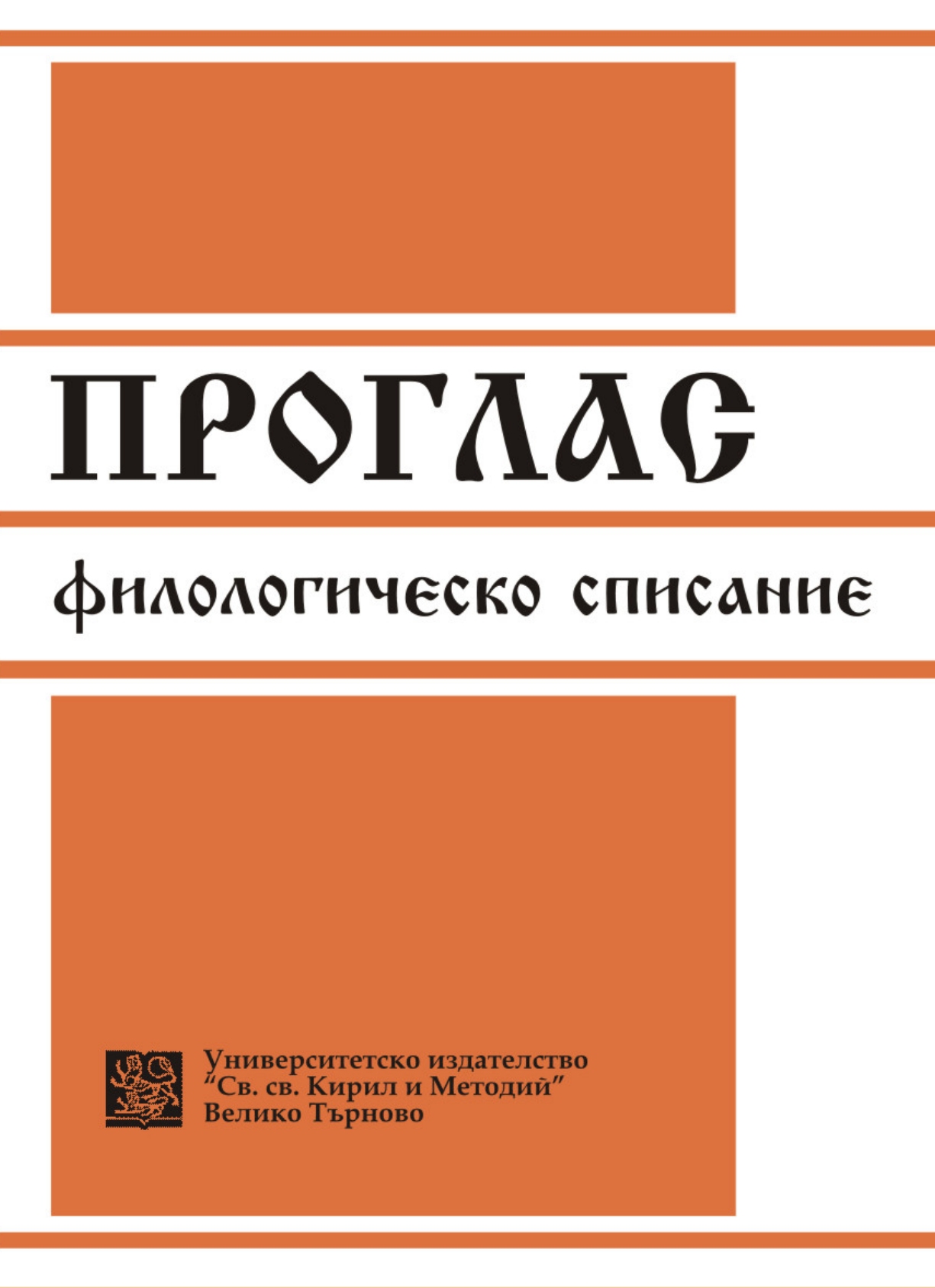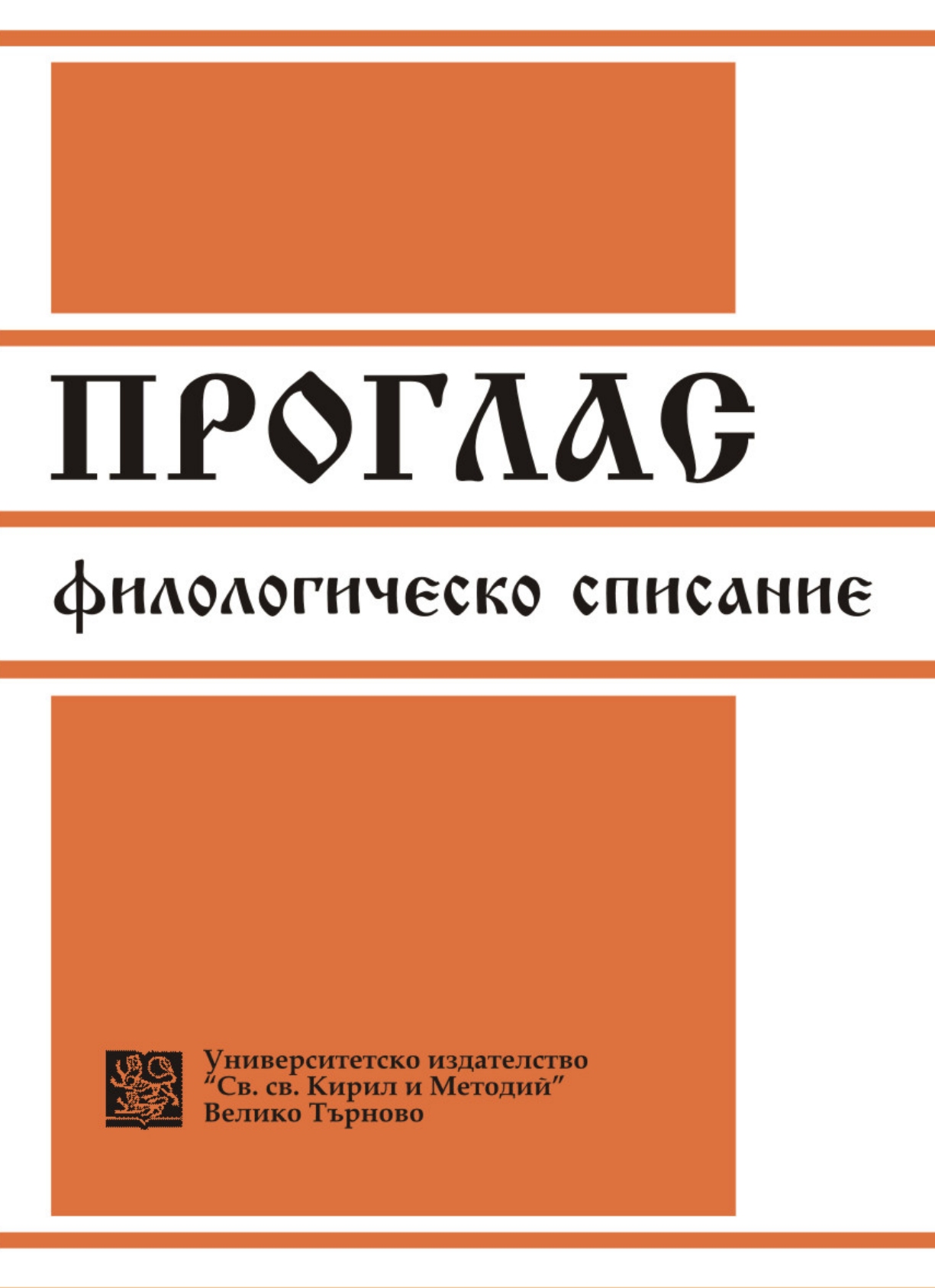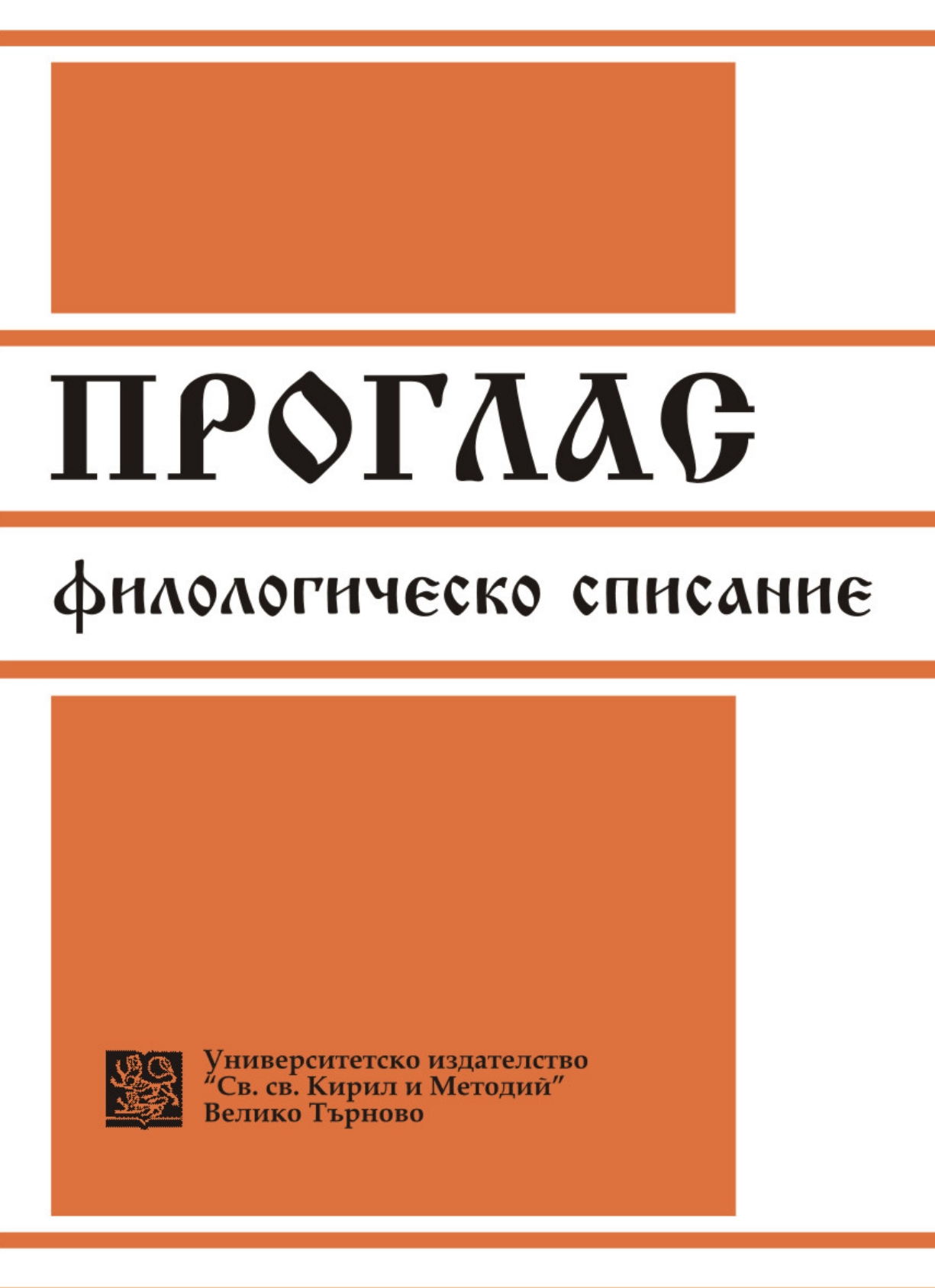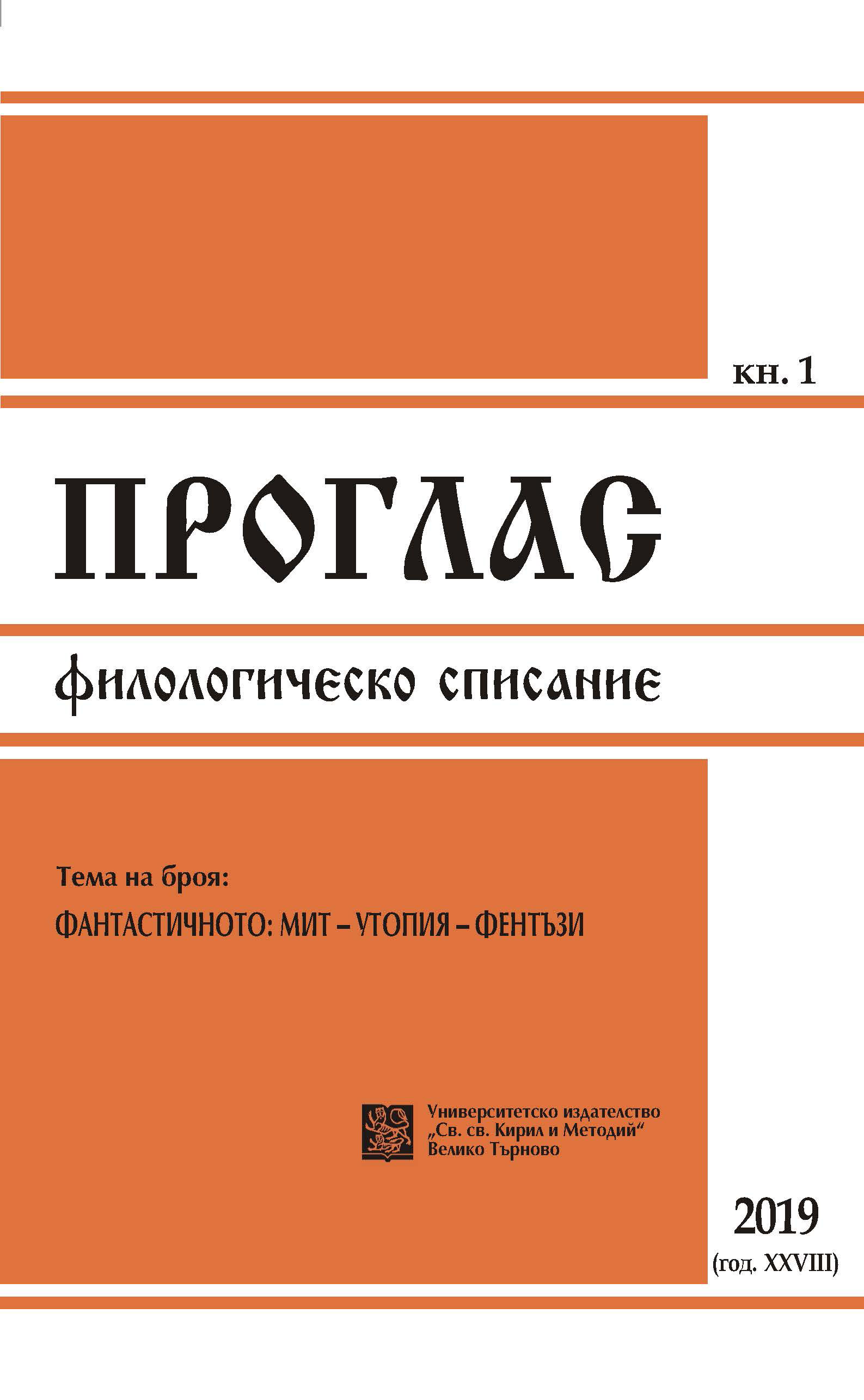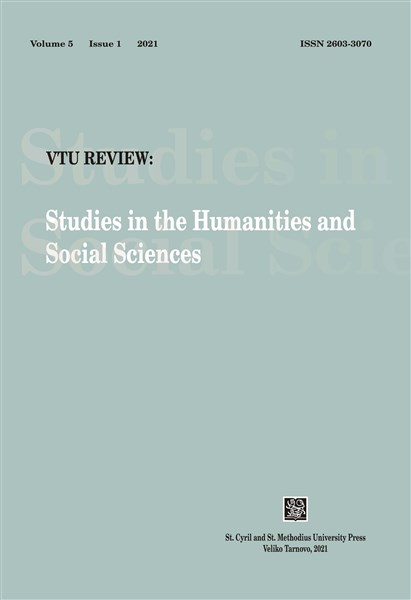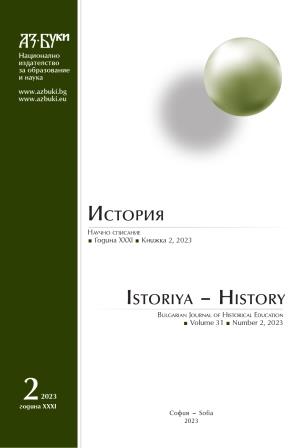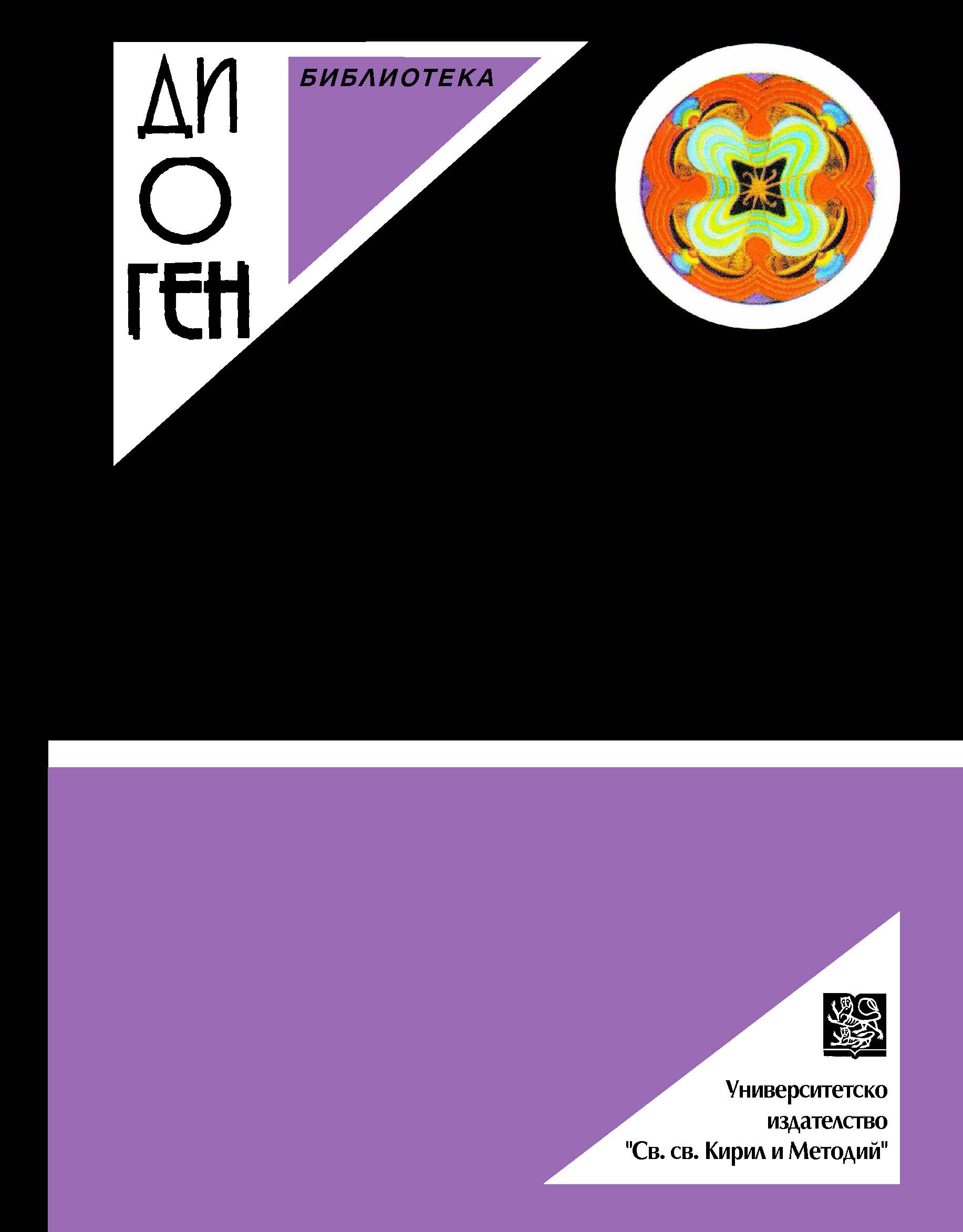
За необходимостта от социология на българската философска мисъл
Sociology of Philosophy is a new branch of Sociology of Science. It is necessary to use sociological instruments to understand some ideological clashes in the contemporary history of the Bulgarian philosophical thougt.
More...

